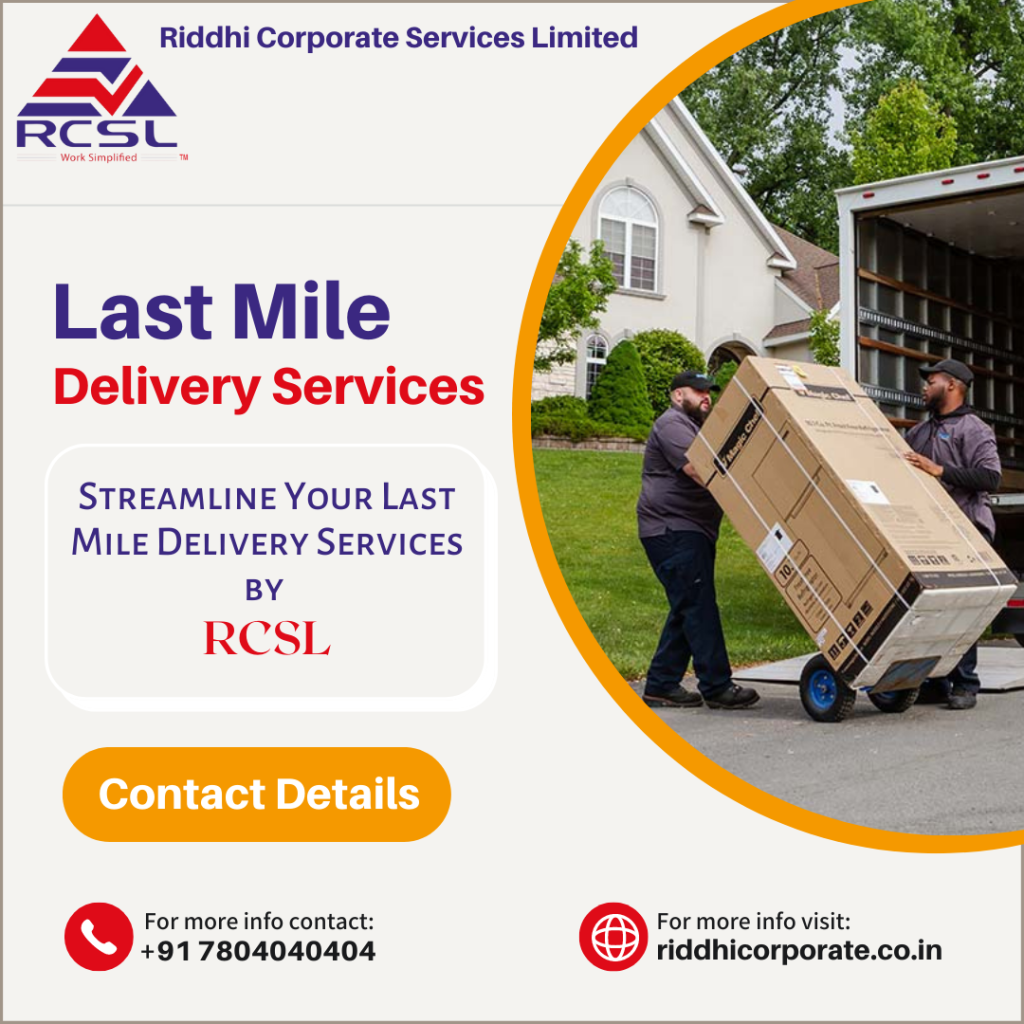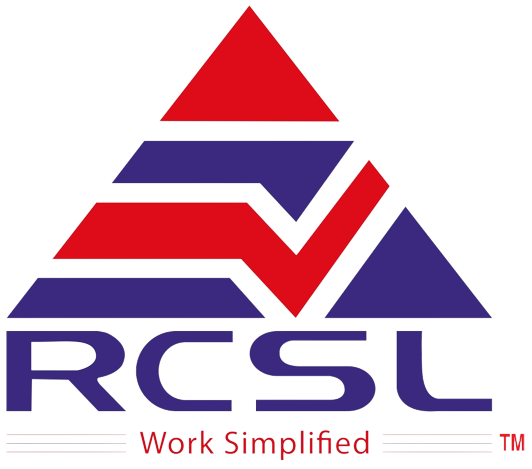How to Streamline the Last Mile Logistics Process
Increasing online orders have made Last Mile Delivery a vital element of business differentiation. According to estimates, 95% of all purchases will be online by 2040. Products types impacted by this increase include apparel, entertainment, food, health & beauty, pharmacy, electronics, etc.
Delivery from a transportation hub to its destination is known as last mile delivery. Basically, it’s the last leg of the shipment’s journey before it’s delivered to its intended recipient. Delivery costs for last mile accounts for nearly 35% of total delivery costs, and a good or bad delivery experience can make or break a business.
Factors Affecting Last Mile Logistics :
- Poor Infrastructure
- Types of goods
- Customer Problems
- Lack of Visibility
- Customer Expectations
- Transparency of Delivery

Last Mile Logistics Services – A Streamlined Approach
There may be different circumstances that affect delivery from one location to another, but one thing remains constant: shoppers across the globe prioritise convenience and speed.
1. Solutions to Combat Geographic Challenges
When it comes to deliveries, efficiency is the key. The Delivery time will vary depending on how many parcels are delivered at each stop on a given run. The best place for Last Mile Delivery are cities with dence residential buildings. But the drawback is their heavy traffic and less parking spaces, reducing productivity. However, low population and long distances between shops make Last Mile Delivery more challenging.
2. Avoid Failed Deliveries
There are times when people are not available to receive their parcels. These situations cause delivery companies to repeat attempts to deliver which increases their potential delivery costs. The customers can also pick up their package at a specific location. Time and money can both be saved by doing this.
3. Adapting New Technology
Retailers need to adapt new strategies in order to survive and thrive in the ever-changing technology landscape. It is alarming when last mile deliveries fail. To avoid this, businesses must use technology more effectively and adapt more readily. Following are the upcoming changes.
- To make work more efficient, e-commerce companies, logistic companies, as well as customers, need an interface that is user-friendly.
- E-commerce companies, Logistic companies and customers will be able to communicate better by using application-based software.
- Collecting and interpreting data at the right time to gain a deeper understanding of customer’s behavior.
- Consignments will be moved more quickly and safely in warehouses and storage areas.
- A change in transportation services resulting in on-time delivery of products.
4. Real-time visibility
In today’s world, consumers are looking for real-time visibility of their parcels on a regular basis. They want to know the exact location and status of their parcels, The customer wants to know about any issues that may arise during delivery. In order to avoid arguments and loss of faith, consumers should be informed of important events such as delays and status at the right time. Thus, they do not have to raise complains.
The Solution
Clearly, given the rapid growth of online shopping in today’s internet-driven world, the key challenge is to get it delivered affordably, securely and on-time. In order to be competitive in the logistics industries, companies should consider RCSL as an Important and unavoidable solutions.
